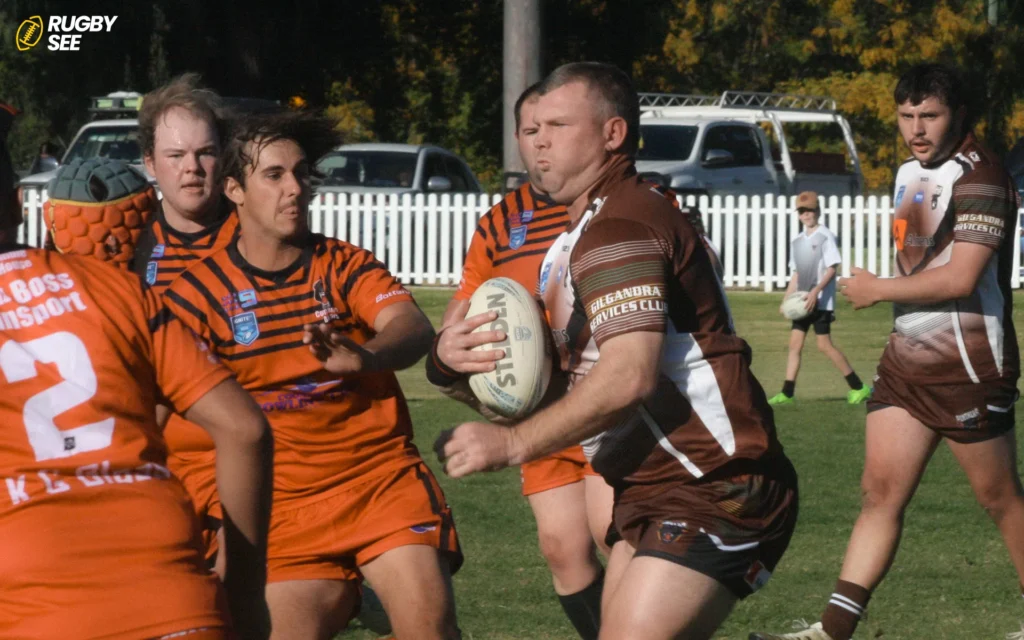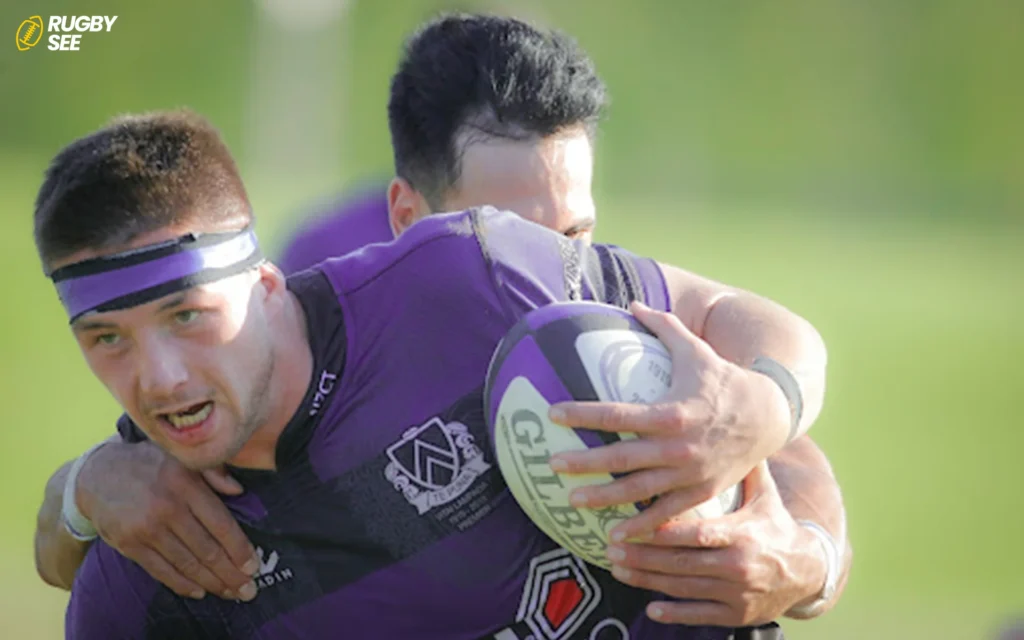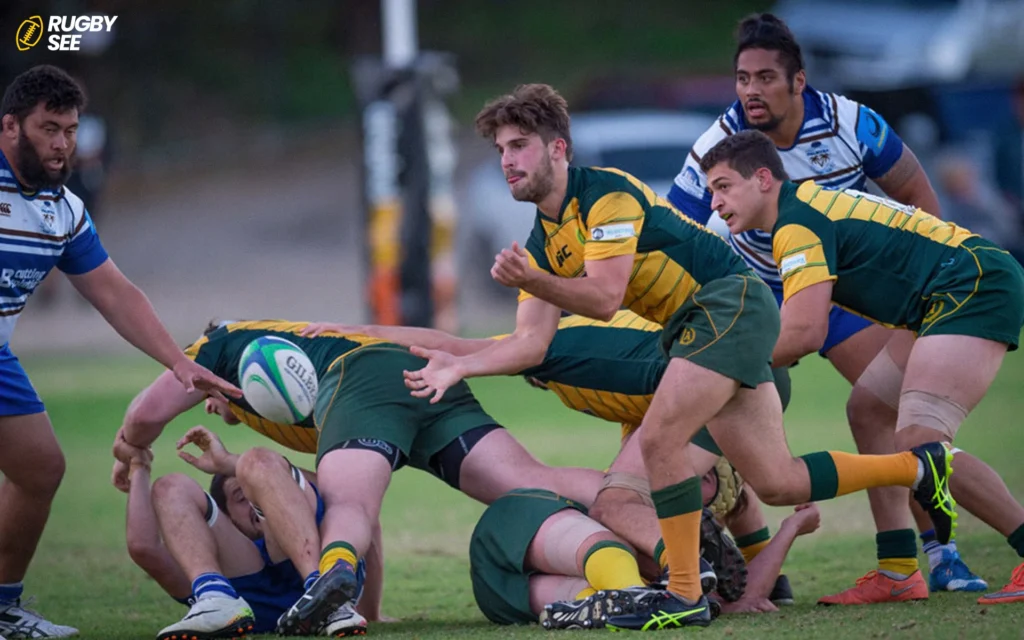The Haka, a traditional Māori war dance, has become synonymous with New Zealand rugby, capturing the imagination of fans worldwide and embodying the spirit of the sport. Yet, its presence in rugby extends beyond a single nation, reflecting a deep cultural heritage and a unifying pre-match tradition. This article explores the rugby teams that perform the Haka and the significance of this captivating ritual.
Origins of the Haka
Before diving into its connection with rugby, understanding the Haka’s origins is essential. The Haka is a traditional dance of the Māori people of New Zealand, performed by warriors before a battle, proclaiming their strength and prowess to intimidate the opposition. It encompasses chanting, vigorous movements, and rhythmic stomping, making it a powerful expression of unity and identity.
The All Blacks: Pioneers of the Haka in Rugby
The New Zealand national rugby team, known as the All Blacks, is the most famous proponent of the Haka in the world of rugby. Their performance of the Haka before international matches is a sight to behold, a ritual that has become integral to the team’s identity since the late 19th century. The All Blacks perform several versions of the Haka, with “Ka Mate” being the most renowned, though “Kapa o Pango” is also performed, a Haka specifically composed for the team.
Beyond the All Blacks: Other Teams Performing the Haka
While the All Blacks are the most well-known rugby team to perform the Haka, they are not alone. Other teams from New Zealand, across different age groups and levels of play, also perform the Haka as part of their rugby tradition. This includes:

- The New Zealand Women’s Rugby Team: Known as the Black Ferns, they perform the Haka with the same intensity and passion as their male counterparts, showcasing the dance’s importance across genders in New Zealand rugby.
- Under-20 and Sevens Teams: New Zealand’s under-20 national team and the national sevens team also perform the Haka before their matches, demonstrating the ritual’s role in New Zealand’s rugby culture at all levels.
Beyond the All Blacks: Other Rugby Teams Performing the Haka
While the All Blacks are the most renowned, other rugby teams from New Zealand also perform the Haka, showcasing the dance’s deep roots in the country’s sporting culture. Teams like the New Zealand Warriors in rugby league and the Maori All Blacks, a team that represents the Maori people of New Zealand, also perform the Haka, each with their unique style and chant, reflecting their specific cultural and regional identity and if you want to know about being Rugby in Olympic 2014 read Will It Feature in the 2024 Olympics.
The Haka’s Global Reach and Cultural Respect
The Haka’s influence extends beyond New Zealand, with teams from other Pacific nations incorporating similar traditions into their pre-match routines. For instance:
- Fiji: The Fiji national rugby team performs the “Cibi,” a war dance that predates its inclusion in rugby but has become a celebrated part of their international matches.
- Tonga: The Tongan national team’s pre-match war dance, the “Sipi Tau,” is a fierce display of unity and strength, reminiscent of the Haka’s emotional power.
- Samoa: The “Siva Tau,” performed by the Samoan national rugby team, is a war dance that serves a similar purpose to the Haka, energizing the team and intimidating opponents.
Understanding and Respect: The International Perspective
The performance of the Haka and similar rituals in international rugby is more than just a spectacle; it’s a moment of cultural expression deeply respected by opponents. Teams facing the Haka often line up to face the performing team, maintaining eye contact as a sign of respect. This mutual appreciation underscores rugby’s ethos of sportsmanship and respect.
The Impact of the Haka on Rugby and Beyond
The Haka’s presence in rugby has transcended the sport, becoming a global symbol of New Zealand culture and a demonstration of the power of sports in bridging cultural divides. It serves as a reminder of the sport’s ability to respect and celebrate different traditions, making rugby truly unique.

The Future of the Haka in Rugby
As rugby continues to evolve, the Haka remains an unshakeable part of its fabric, a tradition that teams and fans cherish. Its continuation ensures that future generations will understand the importance of cultural heritage in sports, promoting unity, respect, and the indomitable spirit of rugby.
Cultural Significance and Broader Implications of the Haka in Sports
The Haka, as performed by rugby teams from New Zealand and similar traditions by other Pacific Island nations, is not just a pre-game ritual. It embodies the essence of cultural identity, storytelling, and the expression of communal values. The broader implications of these traditions in sports extend far beyond the rugby field, influencing perceptions of cultural heritage, unity, and respect on a global scale.
The Haka as a Tool for Cultural Education and Awareness
One of the most profound impacts of the Haka and similar traditions in international sports is their role in cultural education and awareness. For many global viewers, a rugby match might be their first exposure to these powerful expressions of Pacific Island cultures. This exposure can spark curiosity, leading to a deeper understanding and appreciation of the cultures represented.
Unity and Team Cohesion Through Cultural Expression
For the teams performing these rituals, it’s a moment of unity and cohesion. The Haka, Cibi, Sipi Tau, and Siva Tau serve as rallying cries, bringing players together in a shared purpose and focus before the heat of competition. This unity is palpable, often visibly energizing the team and creating an indomitable sense of togetherness that can intimidate opponents and inspire performances.
Respect Among Rivals
The reaction of opposing teams to these pre-match rituals is a testament to rugby’s values of respect and sportsmanship. The customary facing of the Haka, standing in respect and sometimes mirroring the intensity, showcases a mutual appreciation for the tradition and the culture it represents. This moment of respect has become one of the most iconic in sports, illustrating how competition and cultural appreciation can coexist and if you want to know about Rugby players Height read are rugby players short.
The Globalization of Rugby Traditions
The widespread broadcast of rugby matches featuring the Haka and similar traditions has contributed to the globalization of these cultural expressions. They’ve become integral to the international rugby identity, teaching audiences worldwide about the power of cultural traditions in sports. This globalization has encouraged discussions about the importance of preserving cultural heritage while promoting a global sporting culture that values diversity and inclusion.

Challenges and Controversies
Despite the generally positive reception, the use of the Haka and other cultural dances in international sports has not been without its challenges and controversies. Issues of cultural appropriation, respect for the rituals’ sacred origins, and the commercialization of these traditions have sparked debate. Navigating these challenges requires sensitivity and understanding from teams, governing bodies, and fans to ensure that these traditions are honored and preserved with integrity.
Future Perspectives
Looking forward, the role of the Haka and similar cultural expressions in rugby and other sports is likely to evolve. As global awareness and appreciation of cultural diversity grow, so too will the opportunities to celebrate and respect these traditions. Educating players, fans, and the wider public about the significance and proper context of these rituals will be key to their enduring legacy.
The Haka is more than just a pre-match ritual; it is a powerful expression of identity, unity, and strength. While the All Blacks may be the most famous team to perform the Haka, they are part of a broader tradition that includes other teams from New Zealand and the Pacific Islands. This tradition enriches the sport of rugby, offering spectators a glimpse into the cultural heritage that shapes the game and its players. As rugby moves forward, the Haka will undoubtedly continue to inspire both those who perform it and those who witness its power, reinforcing the sport’s global appeal and the deep connections it fosters among diverse cultures.










